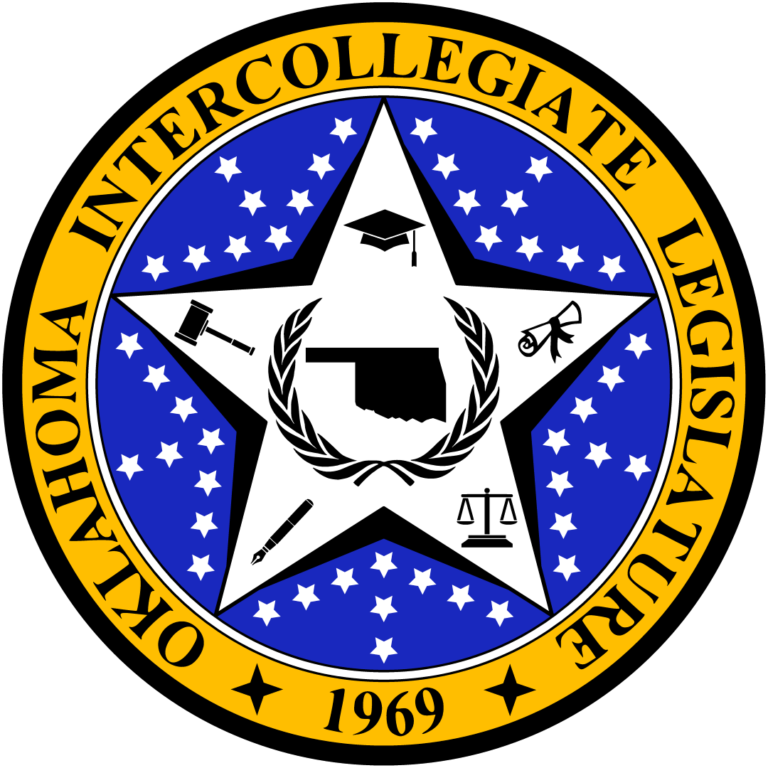By: Journalist Andrea Gooden (ORU)

The “Oklahoma City Light Rail” act of 2024, introduced by Rep. Andrew Mallory (RSC) and Sen. Jose Luna (RSC), aimed to tackle Oklahoma City’s transportation challenges with a $1.2-$1.6 billion light rail project connecting downtown Oklahoma City to Will Rogers World Airport.
Its goals included reducing traffic congestion, creating jobs and promoting sustainability. Although the intent received overwhelming support, the bill’s vague language and lack of specificity ultimately undermined its success.
Key aspects of the bill, such as its phased approach and reliance on public-private partnerships and federal grants, sounded promising but left crucial questions unanswered. Representatives searched for clarity on the project’s timeline, how it would build upon or replace existing transportation options and what contingencies were in place if grants under the Capital Investment Grant Program (CIG) weren’t secured.
As some questions were asked, the body remained unclear without a sufficient answer. Without these details, confidence in the feasibility of the act dwindled, even as its purpose was praised.
In contrast, proposals like OSU-519, the Cowboy Commuter Act, offer a model for clearer, actionable legislation. Introduced by Rep. Braden Billy Hamilton (OSU), it demonstrated the importance of transparent language, specific timelines and clearly outlined funding mechanisms to gain legislative and public trust. The Light Rail Act shows a key issue in policymaking: ultimately, good ideas alone aren’t enough.
Legislators must ensure bold initiatives are accompanied by clear plans and achievable goals. The success of future transportation projects depends on a balance between vision and detailed execution.
